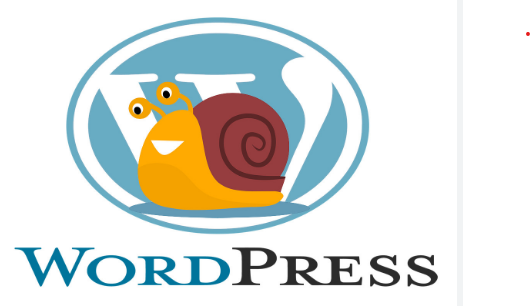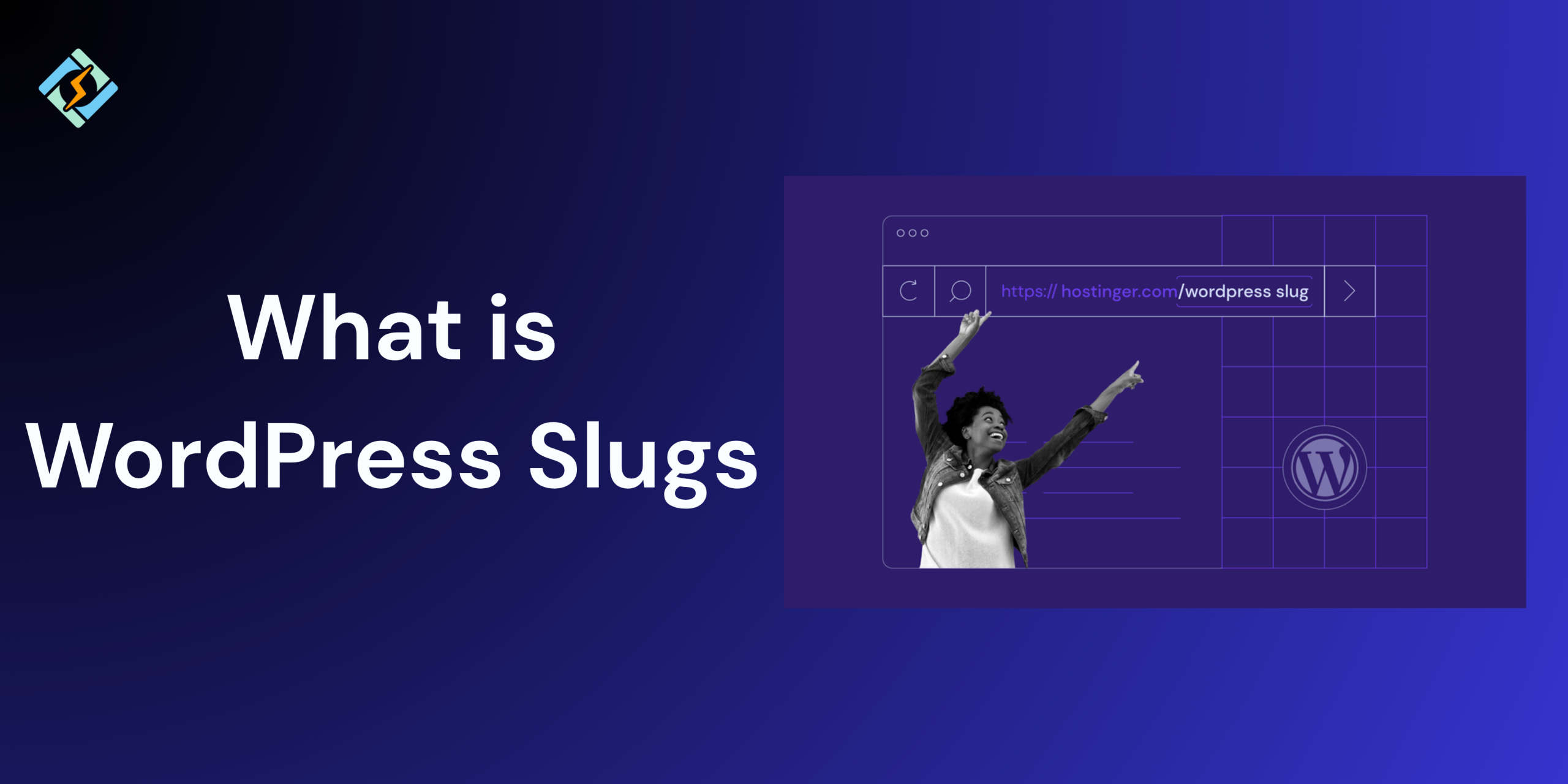In this guide, we’ll be digging into what a slug is in WordPress.
When we talk about SEO for WordPress, we usually mention making the correct slug for a page. Naturally, we don’t mean the slimy creature that damages your plants. So, what exactly is this ‘slug’? And why is it important to optimize it?
What is a Slug in WordPress? A Simple Definition

A WordPress slug is simply a set of words that you select to represent a post, page, category, or tag in WordPress. These words become part of the URL (or Permalink) that guides visitors to that content.
A slug is the section of a URL that clearly identifies a specific page on a website. In simpler terms, it’s the part of the URL that describes what the page is about.
In WordPress, a slug refers to the title of a page that is visible to the public, formatted for use in URLs. For example:
https://example.com/author/syed-balkhi/
Get exclusive access to all things tech-savvy, and be the first to receive
the latest updates directly in your inbox.
In this link, syed-balkhi is the slug, and /author/ is the base.
Users can modify the slug and base for posts, pages, categories, and tags, but by default, the author URL cannot be changed in WordPress.
There are 4 ways a WordPress Slug is created:
- WordPress automatically creates slugs for posts or pages using the title entered in the title box.
- Users have the option to modify and save their desired version before publishing.
- Slugs can vary from the original title of the post or page.
- Slugs can also be generated in the Categories and Tags submenu pages.
- The form needs the name of the category or tag along with the chosen slug.
- Slugs should be in lowercase and use dashes.
- Optimizing slugs is essential for effective website management.
The Role of Slugs in SEO and User Experience
Slugs play a crucial role for two main reasons: SEO and user experience.
When search engines like Google scan your website, they examine everything, including your slugs. A well-optimized slug clearly indicates to Google what your page is about, which helps your content show up in relevant search results. This can lead to improved rankings, increased traffic, and more satisfied readers.
From the user’s viewpoint, WordPress slugs are equally important. Picture clicking on a link and encountering a messy, confusing URL filled with random characters. It doesn’t inspire trust. Now, think about seeing a clean, clear URL that accurately describes what the page is about. Much better, right? A simple, well-designed WordPress URL slug can boost click-through rates and keep users engaged on your site longer.
How to Edit a WordPress Slug (Step-by-Step)
The default author URLs appeared unprofessional and were not beneficial for SEO.
Follow these steps to get started:
- Open the post editor in WordPress.
- In the right sidebar, find the “Link” section that shows the auto-generated slug.
- Click on the slug to modify it to your preference. Make sure it’s short, descriptive, and includes keywords.
- Update or publish your post.
- Editing the slug.
And there you have it! You’ve successfully created a custom, SEO-friendly slug for your WordPress post or page. It’s that simple.
In addition to editing a slug in WordPress to improve site structure and appearance, customizing author URLs helps multi-author blogs and other websites with branding and SEO. Here are few more examples for further customization.

Changing the Author Slug in WordPress
The first step is to install and activate the Edit Author Slug plugin. For detailed instructions, refer to our step-by-step guide on installing a WordPress plugin.
After activation, this plugin will add a set of options to each user profile page.
To edit a user’s slug on your site, go to the Users » All Users page in the WordPress dashboard. Then, click the ‘Edit’ link under a username.
Edit user profile
This will direct you to the Edit User screen.
Scroll down to the ‘Edit Author Slug’ section, where you will find several options for the author slug. You can also create a custom slug.
Edit author slug
After making your changes, click the ‘Update User’ button and preview your WordPress site.
Now, when you click on the author name in a post to view the author page, it will display the author slug you selected for them.
Changing the Author Base in WordPress
If you want to change the author base from /author/ to something else on your site, you can do this with the plugin as well.
Just go to the Settings » Edit Author Slug page. Here, you will find an option to change the author base and even select different bases for various user roles.
Change the author URL base
Once you are done, click the ‘Save Changes’ button to save your settings. You can then preview your site and click on the author link to see the changes in action.
Setting Up Redirects for SEO Purposes
When changing author URLs on an established website, it’s important to manage the change carefully to protect your SEO. Search engines have already indexed your existing author pages, and other sites may link to your current author URLs.
Your internal links and sitemaps also point to these old URLs, so any changes could result in visitors encountering 404 errors when trying to access your content.
This is why it’s essential to set up proper redirects, as we will demonstrate.
How to Edit the WordPress Post Slug
Changing your post slug is easy and can be done either in the WordPress text editor or through the Quick Edit option on the dashboard.
If you want to adjust the slug before you publish a new post, just hit Save draft. This process is the same whether you’re using Gutenberg or the classic editors.
The save draft button on the WordPress editor
For those using the Gutenberg block editor, go to the Permalink section and make your adjustments in the URL Slug box.
If you’re using the classic editor, you’ll find the Permalink option right under the Post Title. Just click Edit to change your post slug.
A WordPress slug classic editor
Alternatively, you can modify your post slug using the Quick Edit feature in the WordPress dashboard:
Go to Dashboard -> Posts –> All Posts and click on the Quick Edit button beneath the blog post.
Change the post slug and hit Update to save your new slug.
WordPress quick edit for slugs
Best Practices for Creating SEO-Friendly Slugs
SEO Guidelines for Slug URLs
- Focus on SEO Keywords: Make sure to include the main keyword in the URL to keep it relevant to the content.
- Keep Slugs Brief and Clear: Slugs should be shorter than the title for better user experience and improved SERP performance.
- Eliminate Unnecessary Words: Remove pronouns and prepositions to enhance slug readability.
- Steer Clear of Dates and Numbers: Maintain an evergreen slug to prevent affecting traffic and rankings.
- Implement Redirects: If you change the slug after publishing, use redirects to avoid broken links and help users and search engines find the updated slug. Consider using a plugin like Redirection for setting up 301 redirects.
Slug vs. Permalink: What’s the Difference?
| Feature | Slug | Permalink |
|---|---|---|
| Part of URL? | Yes, it’s the last part | Yes, it’s the full URL |
| Editable? | Yes, manually editable in WP | Yes, indirectly (changes with slug or structure) |
| Role | Defines the specific page | Helps users and search engines locate content |
| Example | what-is-a-wordpress-slug | https://yourwebsite.com/what-is-a-wordpress-slug/ |
Conclusion: Small Change, Big Impact on Rankings
This guide explained everything about What is a slug in WordPress and how it affects your rankings.
Optimizing your slugs is just one step in improving your WordPress site’s SEO and user experience. Remember, changing URLs can negatively impact SEO and confuse users, even if you have a redirect manager to guide them to the correct location. Therefore, when selecting your slug, ensure it remains relevant for years to come.
FAQ’s
1. What is a slug in WordPress?
A slug in WordPress refers to the segment of a URL that designates a particular post or page in a way that’s easy to read. For instance, in www.example.com/about-us, the slug is about-us. It aids in enhancing SEO and user navigation.
2. How can I modify the slug in WordPress?
To modify the slug in WordPress, navigate to the post or page editor, locate the URL section beneath the title, click Edit, type in your custom slug, and hit OK. After that, update the page to apply the changes.
3. Is a WordPress slug crucial for SEO?
Absolutely! A concise, keyword-rich slug boosts your visibility on search engines. It informs search engines about the page’s content and helps users grasp what it’s about before they click.
4. What distinguishes a slug from a permalink in WordPress?
A slug is merely the final part of a URL (like your-post-name), whereas a permalink is the complete URL of your page or post, which includes the domain and the slug (like www.site.com/your-post-name).
5. Can I add special characters in a WordPress slug?
It’s advisable to steer clear of special characters. Stick to lowercase letters, numbers, and hyphens in WordPress slugs to maintain them neat, readable, and SEO-friendly.



